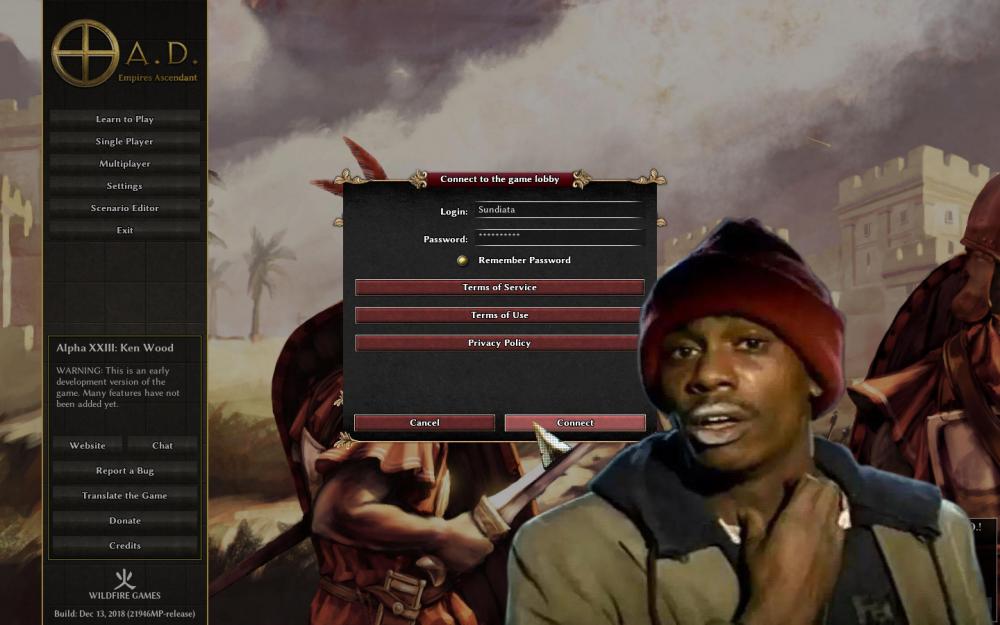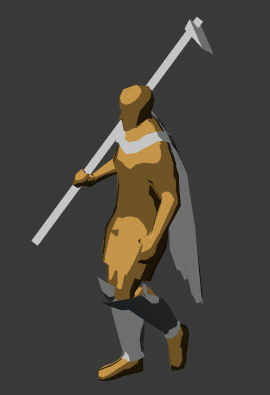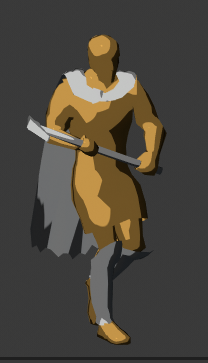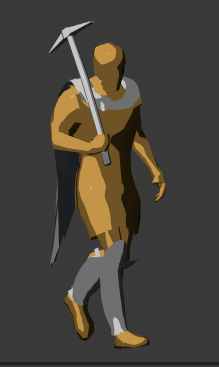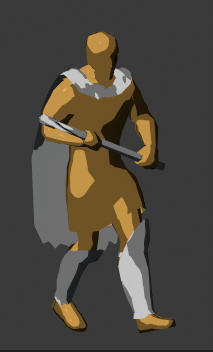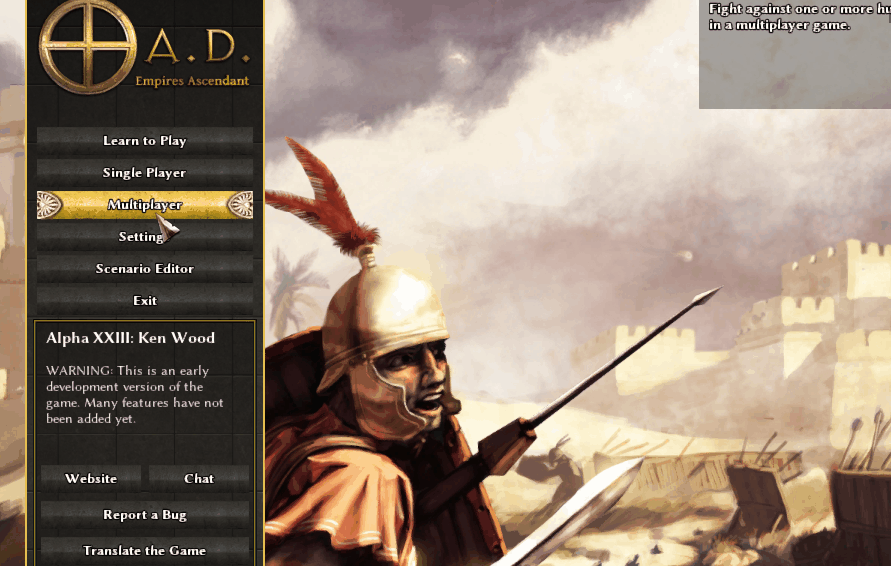Leaderboard
Popular Content
Showing content with the highest reputation on 2019-11-22 in all areas
-
We’re in no small need of map makers, we’ve got an ongoing flora update and haven’t had the opportunity to actually integrate the new trees cliffs and terrain decals into the game’s maps. Your help would be most welcome4 points
-
Musawwarat es Sufra, and Temple 300 In the first of a series of reference updates, I'll be revisiting the site of Musawwarat es Sufra, central Sudan. Most of you will be familiar with the site, but I present here an updated post, which will include some fresh photographic delights. Temple 300, located in Musawwarat, and featured in the new Kushite home screen for 0AD, was recently the source of contention for one of our community members. It was supposedly depicted "unreasonably huge", "near-complete fiction" or perhaps even really Egyptian... This post will address those concerns in detail. Firstly, some history on Musawwarat es Sufra: Musawwarat es-Sufra was a large temple complex and cult center in the Western Butana, 25km from the Nile, 16km to the North of the Royal City of Naqa and 71km to the south-west of the capital city, Meroë. It’s located in the Wadi es-Sufra, a dry riverbed that can turn into a rapid stream during the yearly rains. The complex features temples, courtyards, a large water-reservoir, long walled corridors and possible workshops, kitchens, store-rooms, royal residences as well as a smaller secular enclosure. The Kushites themselves called this place "Aborepi" (believed to mean “place of the elephant” in Meroitic). Depictions of elephants and other animals, especially lions are a common theme in the reliefs, graffito and statuary of Musawwarat. The earliest known structure from Musawwarat is the Great Hafir, a massive water reservoir built to capture surface runoff from the Wadi es-Sufra's seasonal water-flow. With a diameter of 250 meters and a depth reaching 11- 12 meters, it is the largest ancient hafir known in Sudan, and seems to have been built during the Napatan Period between the 6th and the 4th centuries BCE. It's sheer scale is somewhat of an enigma, considering the apparent absence of any significant settlement in the Wadi es-Sufra, dating to the Meroitic period. The absence of Meroitic graves in the valley also indicate that burial at this site was not allowed. Almost all the standing monuments date to the Meroitic Period. The Lion Temple of the Meroitic King Arnekhamani dates to the later 3rd century BC. The standing remains of the Great Enclosure date to the 3rd and 2nd centuries BC, partly overbuilding Napatan Period foundations. The enclosure measures about 237 meters by 203 meters. “Archaeological investigations have revealed that the courtyards east and north of the Central Terrace once contained gardens with carefully laid-out planting beds”. The exact function of this site has been a greatly contested subject. Many theories exist, including: A royal hunting abode, the large courtyards supposedly being used to house wild animals. An elephant training center, because of it's layout of large courtyards (holding pens?) and ramps, and a significant amount elephant depictions found here, and because of Ptolemaic expeditions "sometimes numbering hundreds of men", coming to this area to acquire war elephants during the 3rd century BCE. A royal palace, because of the idea that at least some of these structures were (seasonal) royal residences, thought to feature a throne room. Or simply as a large cult center, hosting major religious festivals drawing in countless people and royals on a regular basis. Google maps: 16.412878, 33.323855 https://www.google.com/maps/place/16°24'46.4"N+33°19'25.9"E/@16.4134602,33.3246782,332m/data=!3m1!1e3!4m5!3m4!1s0x0:0x0!8m2!3d16.412878!4d33.323855 A layout of the main site: Detail of the Great Enclosure (Temple 300 is on the far right): Naming conventions: An aerial shot of the Great Enclosure: Now, for the contentious depiction of Temple 300: To examine wether it's unreasonably huge, we should first figure out how big the temple in this artistic render really is. Luckily for us, Pedro Blanco was kind enough to actually place a man standing in between the two pillars of the entrance. We shall henceforth refer to this man as "Dude". This Dude will give us an excellent frame of reference for the actual size of the temple depicted here. The average height for men around the world today is 1,75m. You could argue that people were smaller back then, as you could also argue that Kushites were tall people based on historical records and modern population heights of Nilotic people. For the sake of simplicity, we'll say that both considerations cancel each other out. We conclude that the Dude is 1,75 meters tall, and shall be our height unit. Using this highly scientific method... ... we can now measure the size of the temple in Dudes. As we can see, the temple in this artistic render measures roughly 6 Dudes by 13 Dudes, which translates to about 10,50 meters by 22,75 meters. And then I'm even being a little generous (it's really more like 5,8 Dudes by 12,7 Dudes, but no stress, we'll just call it 6 by 13 dudes). [of course, I know, perspective... But the Dude is standing dead center in the temple, which we'll say cancels out any warping of the measurements. Also, the size of the temples was questioned in relation to the puny looking humans, so the Dude is really the best unit of measurement for this exercise] So how does this measurement compare to the actual Temple 300 in Musawwarat? Let's see: According to this ground plan, The main structure of Temple 300 measures c. 20,5 meters by 13,5 meters, with walls nearly 2 meters thick, all round. This can be corroborated with Google Maps: This means, that in order to be completely historically accurate, the temple in the render should be 3 meters wider, or 22% more wide, and 2,25 meters shorter, or 10% shorter. In terms of surface area, the temple in the render is c. 239m² while the temple in real life is c. 277m², or 14% larger! It is now clear, using very meticulous Dude measurements, that the temple in the render is in fact smaller than its real world inspiration, Temple 300. The only thing that can be said is that the platform or terrace on which Temple 300 was built measures roughly a meter in height, while in the render, it's almost 2 meters. So the platform is roughly 1 meter too high. The funny thing is that the size of Temple 300 is nowhere close to the size of the largest Kushite temples. It's not even the largest temple in Musawwarat. That honor would go to Temple 100 (built on a higher terrace), the beautiful peripteral temple at the centre of the complex, which in itself, isn't particularly huge to Kushite standards either. Check out the official website of the Archaeological Mission to Musawwarat: http://www.musawwarat.com The Zamani Project has also done a lot of work in Musawwarat: https://www.zamaniproject.org/site-sudan-Musawwarat-es-Sufra.html For scholarly discussion of the site: Musawwarat es-Sufra: Interpreting the Great Enclosure by Steffen Wenig: https://issuu.com/sudarchrs/docs/s_n05-wenig For a 3D scan of the entire temple: https://skfb.ly/6OSqp The remains of Temple 300, in all its glory, c. 2200 years after construction: The actual height of the structure, as proposed by K.-H. Priese in this reconstruction is based on the recovered blocks from the excavations, and extrapolated from the size of the door, and statues (of which there are many direct parallels with which to compare), further supported by the 2 meter thick walls and rather beefy columns. If the structure reached a height of c. 7,5 meters, as in this reconstruction, and the height/width ratio of the model in-game is about 9 to 11, which would make the model about 8,6 to 9,6 meters in the artistic render, then we can indeed say that the temple in the render is about 1,1 to 2.1 meters too tall. As I said earlier, the terrace of the temple is indeed c. 1 meter too high... Again, I need to emphasize that this is nowhere near the tallest structure ever built by Kushites. The tallest pylons constructed for the Amun Tempel at Barkal by Piye, reached a spectacular 21 to 33 meters in height. Likewise, the pylons of the Meroitic Amun Temples of Meroë and Dangeil would have reached between 15 and 21 meters in height. The largest Napatan Pyramid was in excess of 30 meters in height. Just to name a few examples. More on these figures (which did not require Dude Measurements) in a future post. The rest of Musawwarat: The first picture is Temple 100, perhaps not as tall as Temple 300, but definitely bigger: Even the "small" Lion Temple at Musawwarat really isn't actually that small when you see people standing next to it...3 points
-
Yes, and bug fixes.. I would be very willing to make some quite immersive and balanced maps if the editor was more user friendly.2 points
-
If Han civilization gets in, I agree with Xianyang since it highlights the addition. Otherwise, Xenophon, by a high margin. He's one of the most important historical sources we have for the period comprehended in 0ad.1 point
-
1 point
-
I feel that the game in single player and probably in multiplayer is going very fast, what aggravates it more is lousy control of the hotkeys. There is a lack of technology to clarify the role of the classes. Added to this is the regular speed of the units. Lack of counters. Disorder of the purposes of the stances and formations.1 point
-
I suggest Xenophilia, the love for the foreign, as it seems to me, xenophobia the fear of everything foreign, is on the rise world-wide these days and isn't helping much wherever it surfaces, to say the least. The open-source community on the other hand is a great model of what people of all nations and races can achieve if they lay aside hatred and fear of others and promote understanding and collaboration. And what better project than 0 A.D. to showcase this, as it is a mix of so many different cultures on so many different levels.1 point
-
1 point
-
Now i can see how addicted we¡re to this game lol @Sundiata @kizito @Doonside @ffffffff @MERTZEN @Angen ahaha Good night =D1 point
-
1 point
-
@borg- what are your thoughts on making archers stronger but with a longer attack repeat timer taking around 10 or 15 seconds to aim + the rest of the animation in realistic human speed reducing attacking speed while increasing piercing damage? At this point from a Realistic view, they are like sharpshooters or guide anti-aircraft missiles aiming and firing in no time. Whitout mentioning the gattling guns of archer champions suchs as athen ranged champion.1 point
-
I merged the three topics. For the non-technical people this means that the lobby server required more security than Windows clients were able to provide and therefore caused a denial of service for all users that had TLS enabled. We are sorry for any inconvenience. For those that wish to know what happened here is a short summary. An issue occurred after an Update on the Debian VM hosting the lobby. Debian then required that all clients use TLS 1.2. Currently all users on Windows are limited to TLS 1.0 because of Gloox, which caused them to be denied access to the service. From the debian mailing list https://lists.debian.org/debian-devel/2017/08/msg00187.html > I've just uploaded a version of OpenSSL to unstable that disables > the TLS 1.0 and 1.1 protocol. This currently leaves TLS 1.2 as the > only supported SSL/TLS protocol version. > This will likely break certain things that for whatever reason > still don't support TLS 1.2. I strongly suggest that if it's not > supported that you add support for it, or get the other side to > add support for it. elexis resolved this issue by recompiling the SSL lib without that limitation and changei 17:09 <elexis> have to compile with enable-weak-ssl-ciphers, why even update things 19:11 <elexis> /etc/ssl/openssl.cnf MinProtocol = None CipherString = DEFAULT + ejabberd restart Another workaround was to disable TLS.1 point
-
1 point
-
maybe u can make a dropbox public link. (dropbox free? public for one file is ok.) btw can github take big files? just an idea. to use with git can be possible. hf.1 point





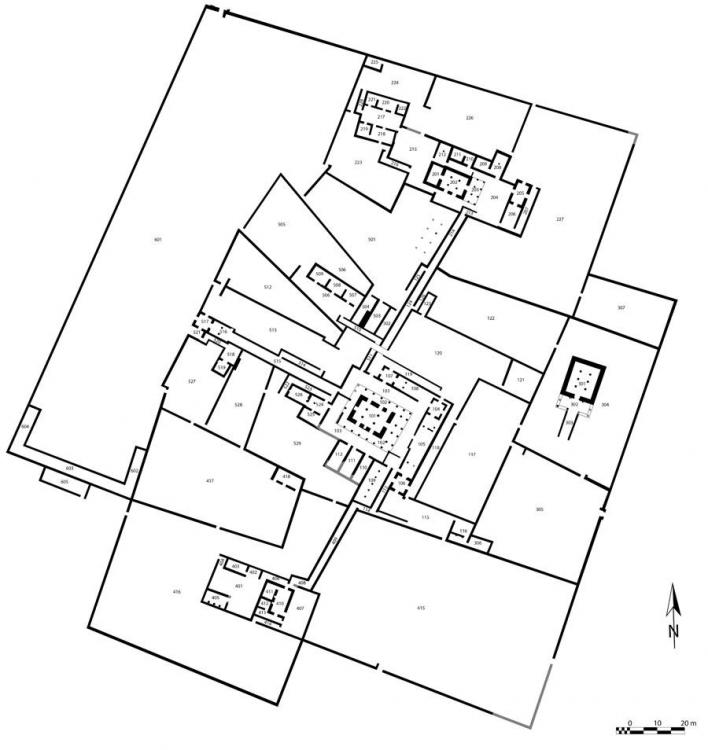
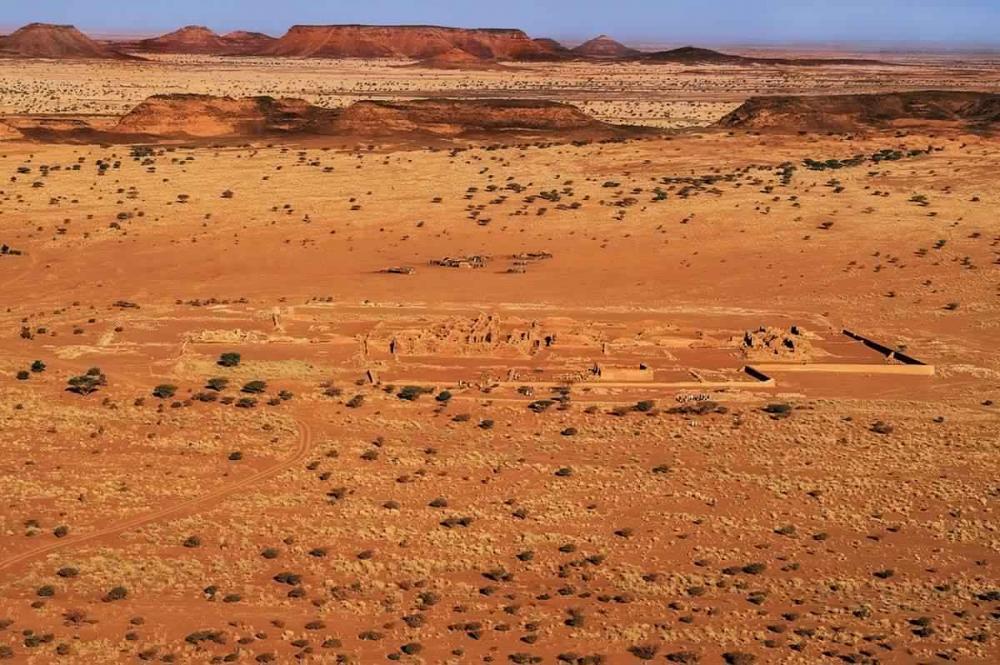
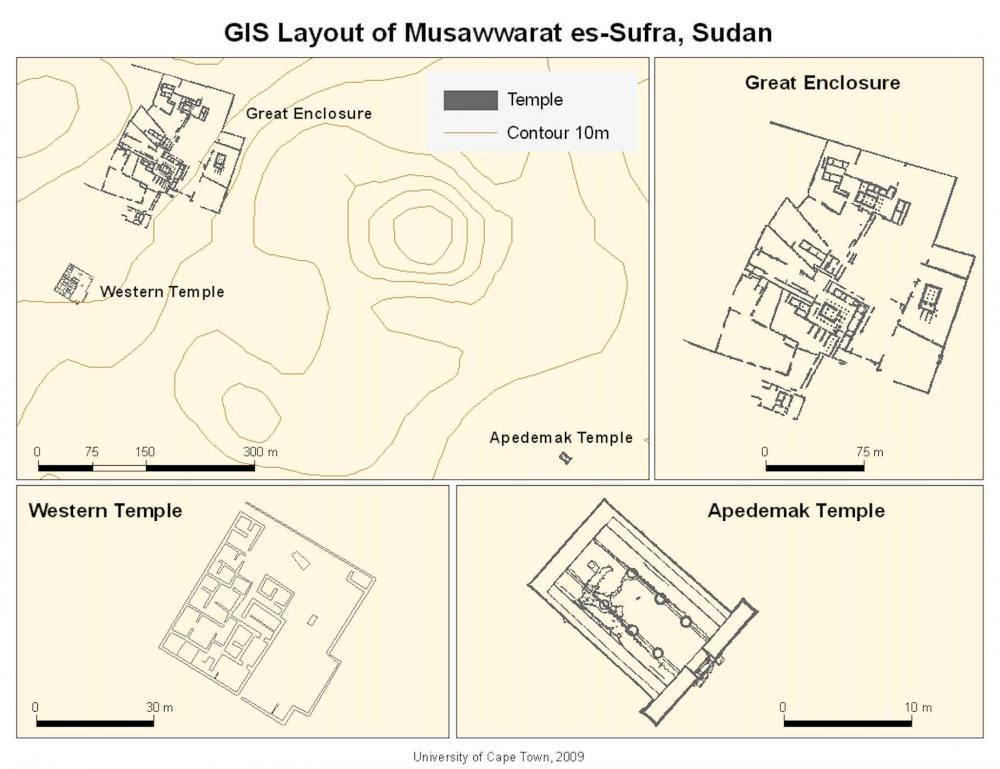
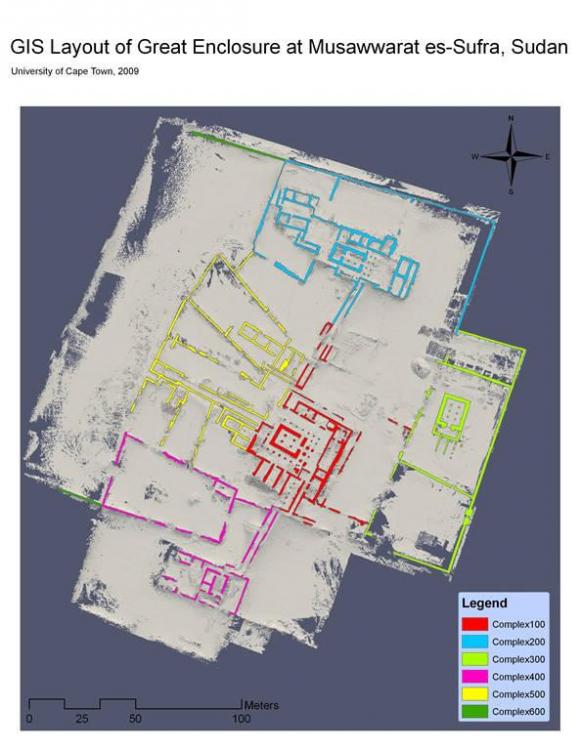
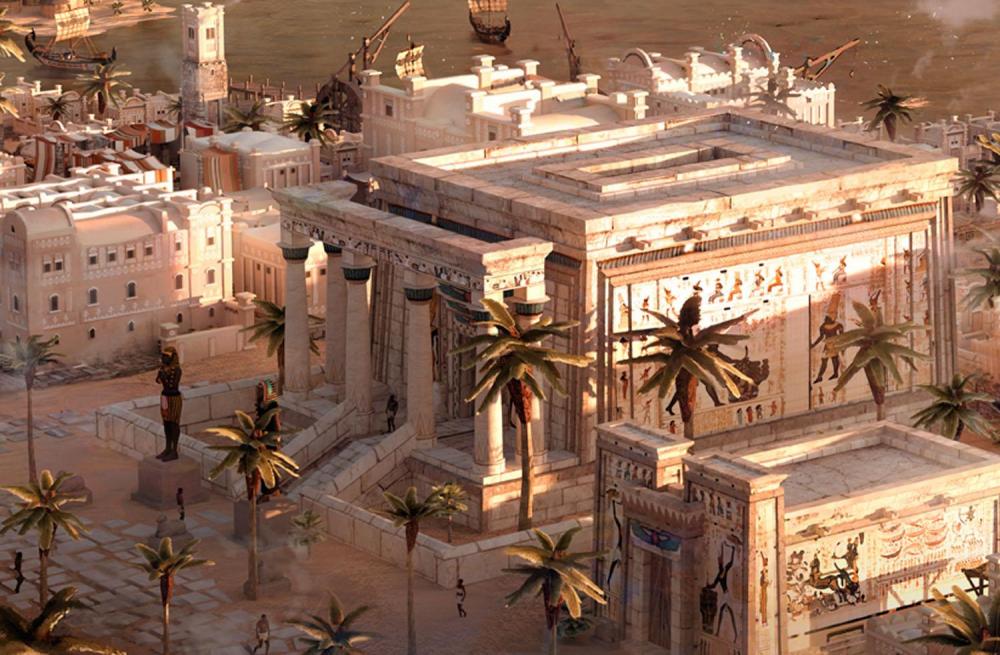
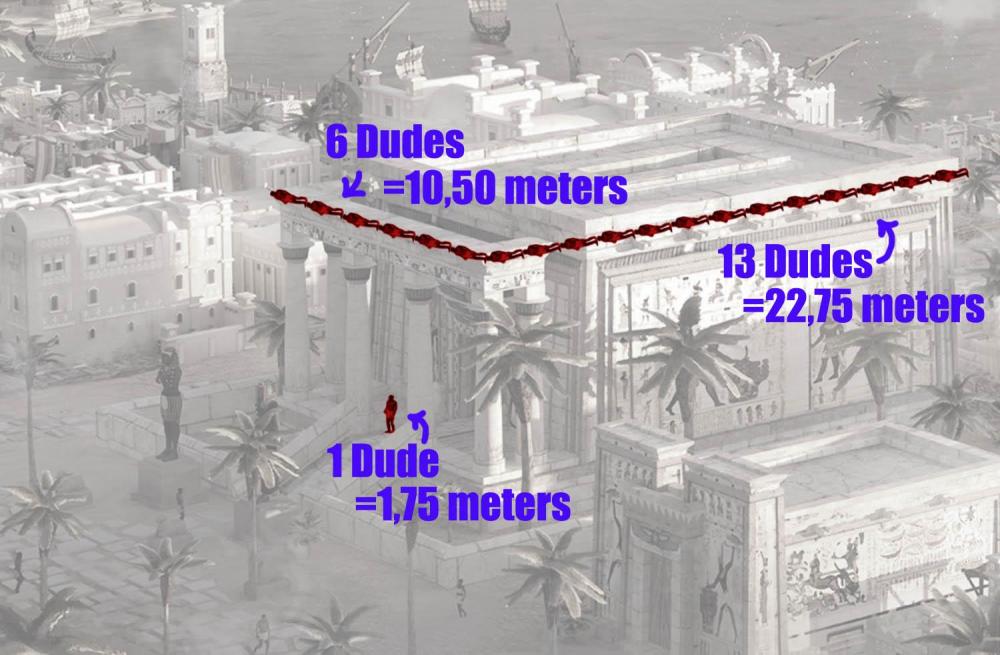
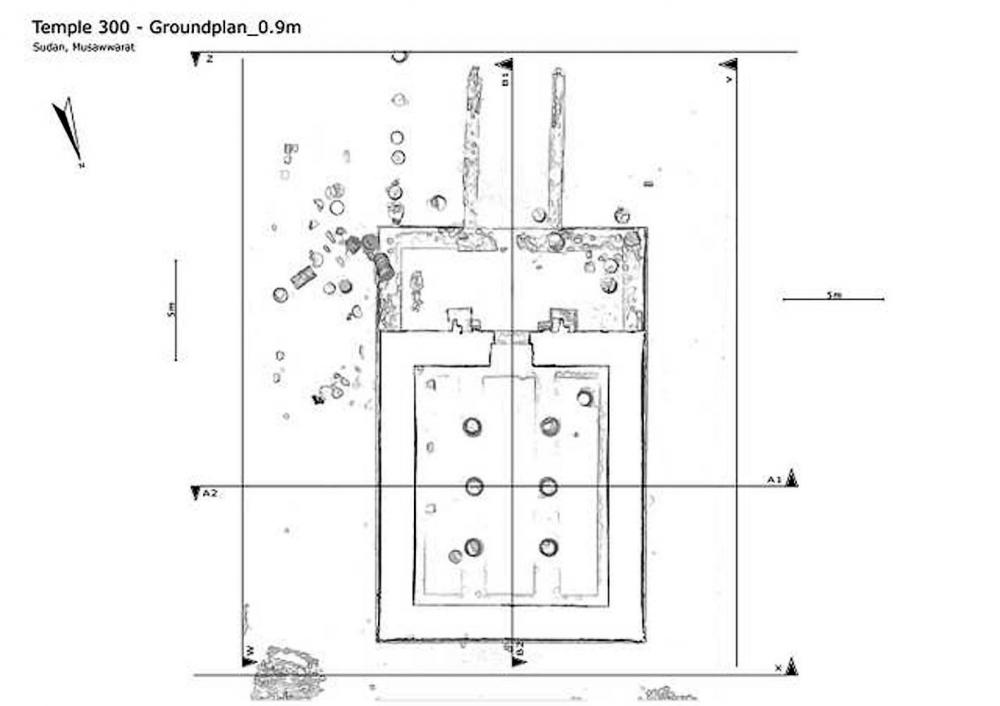
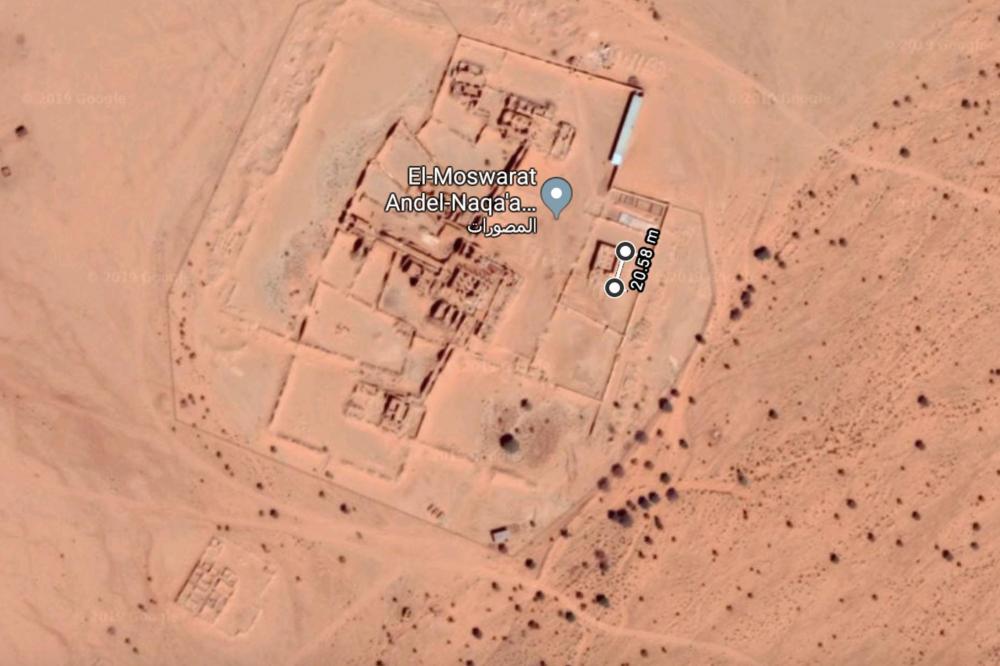
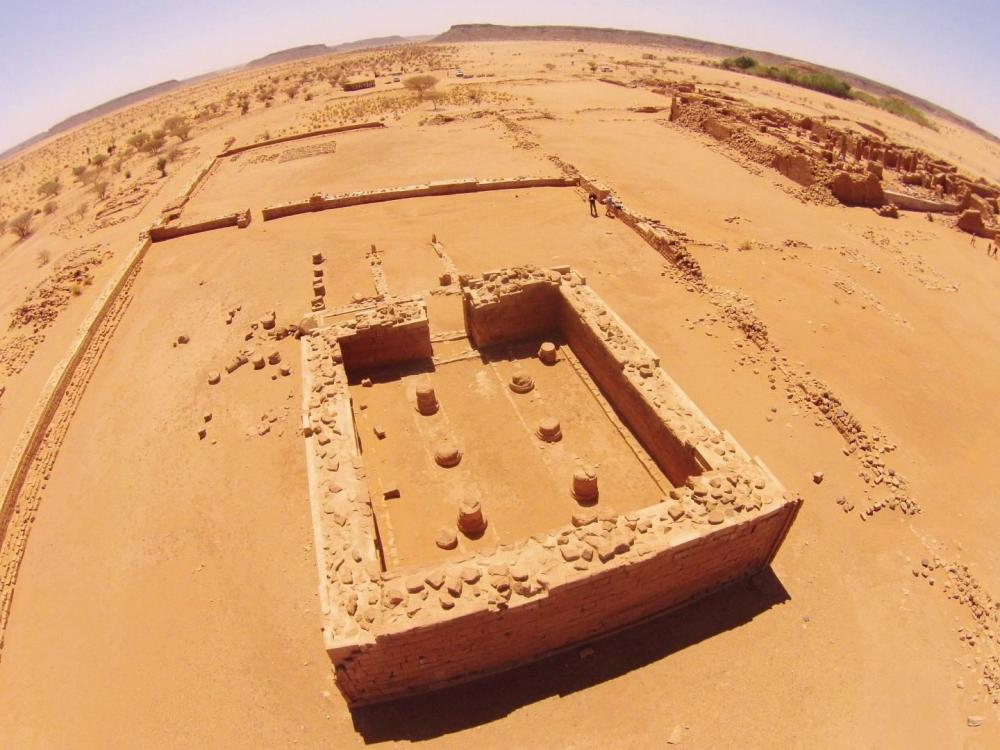
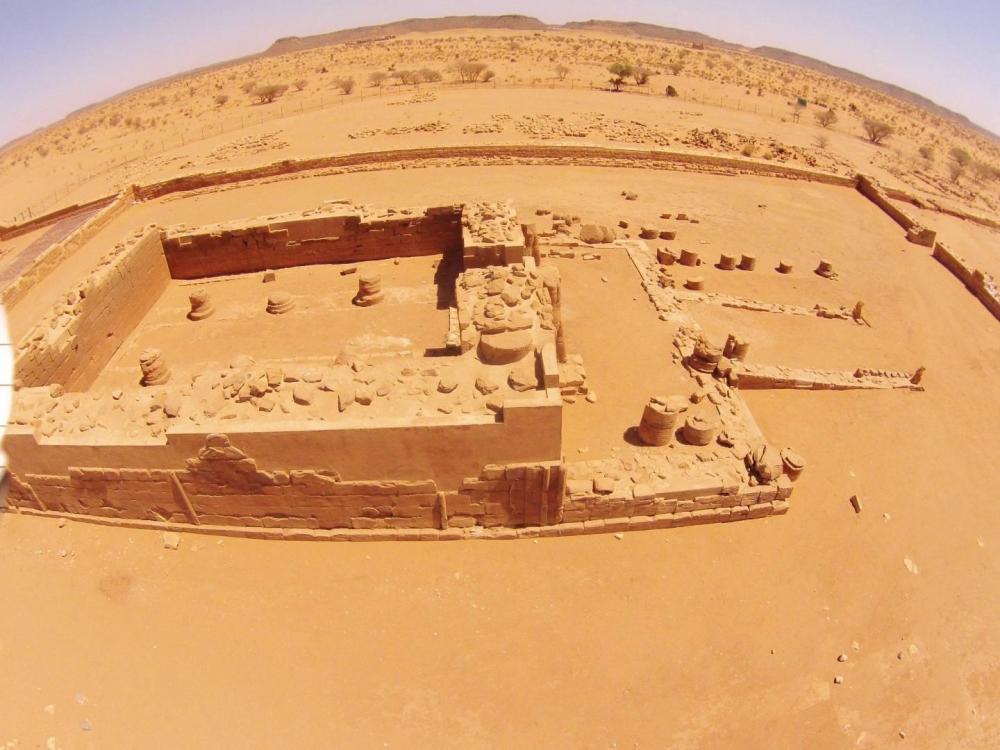
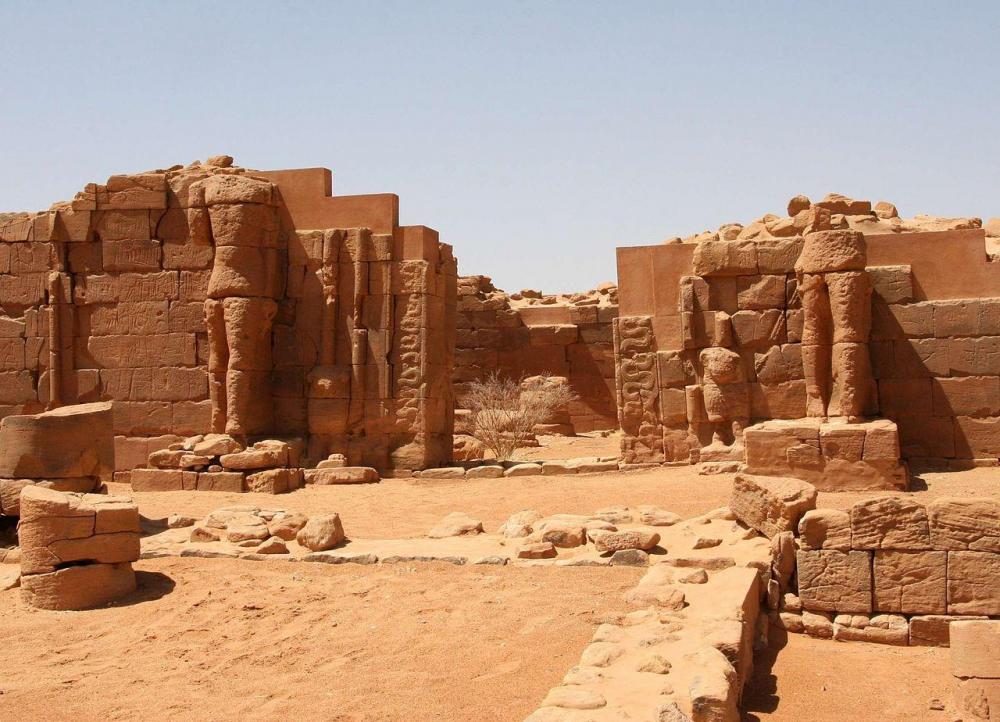
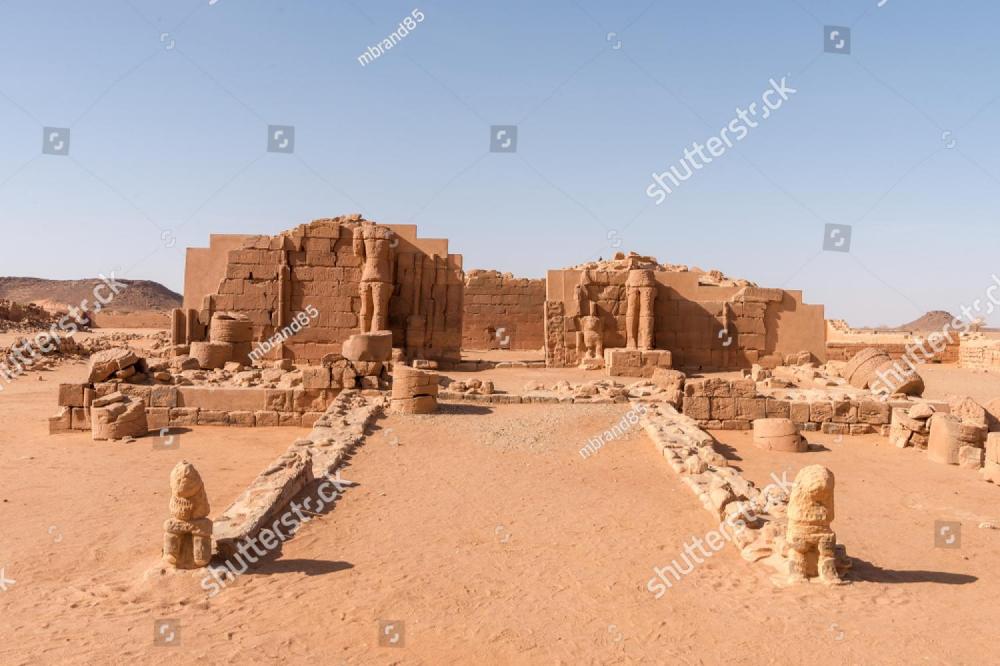
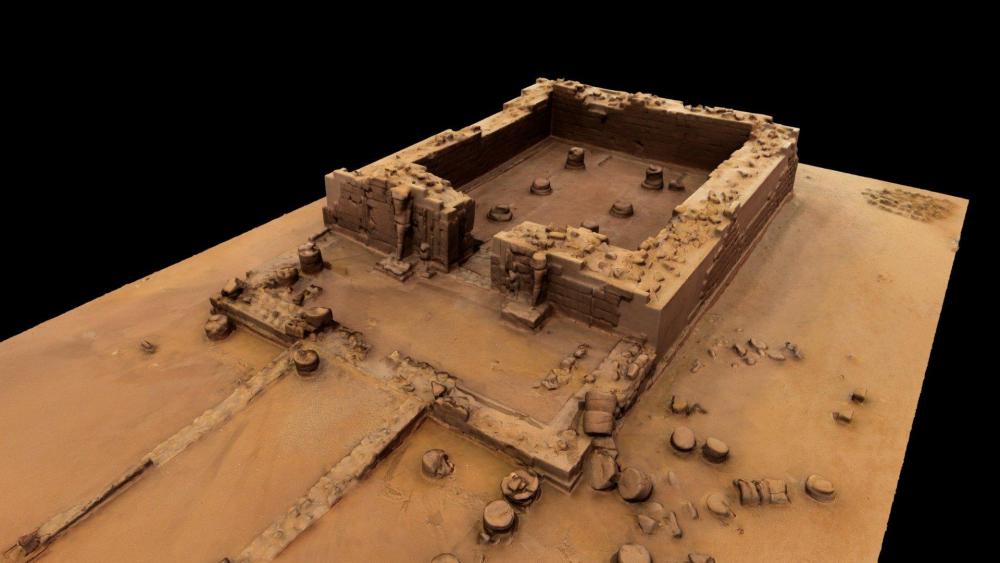
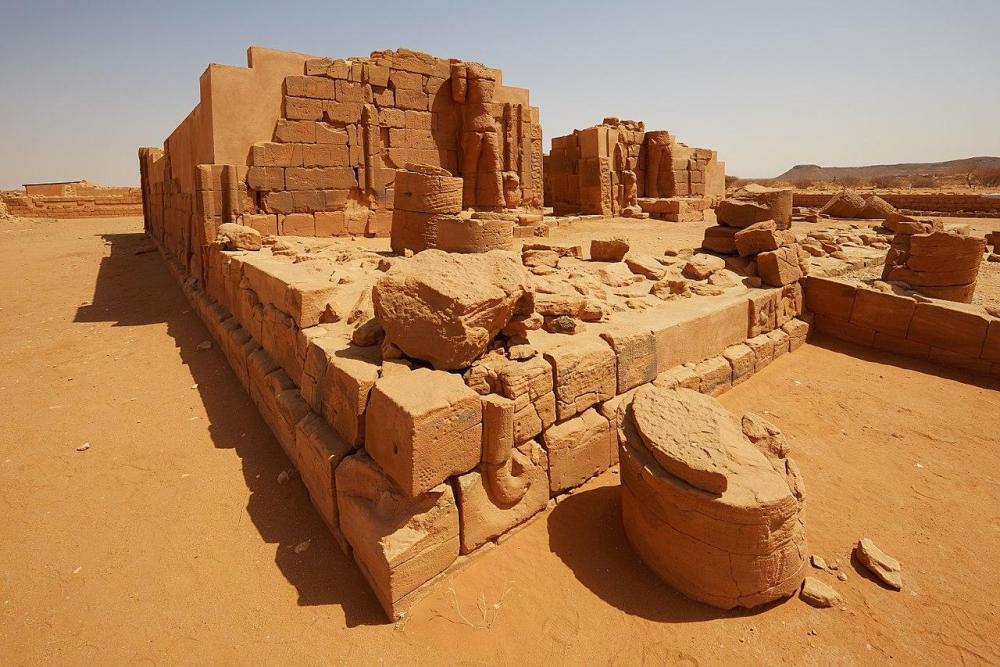
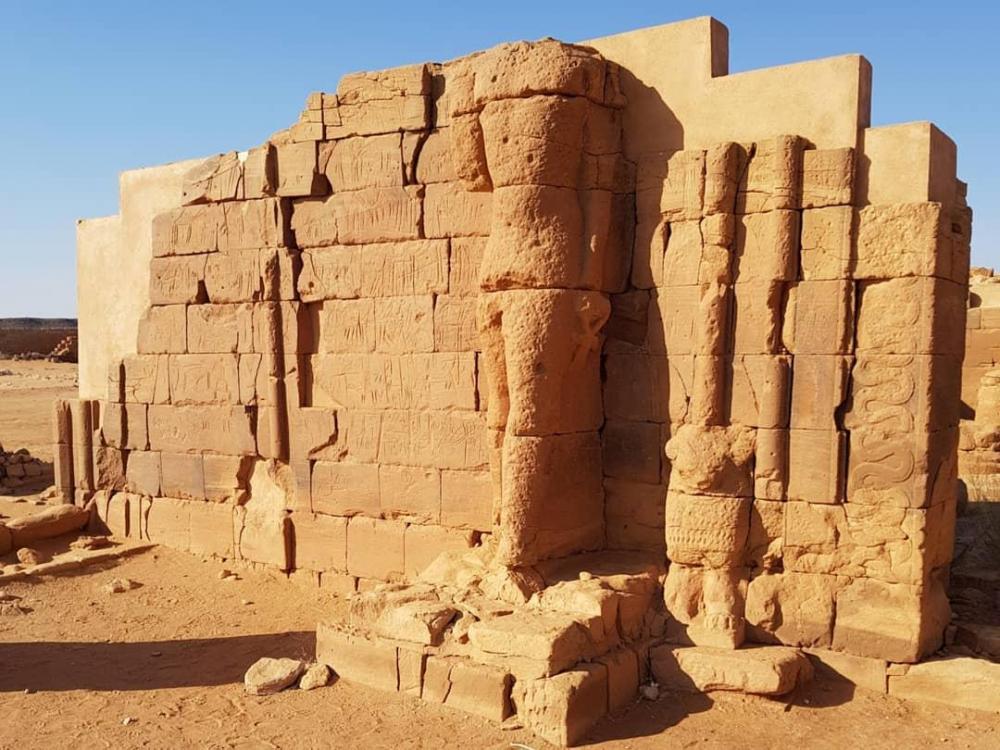
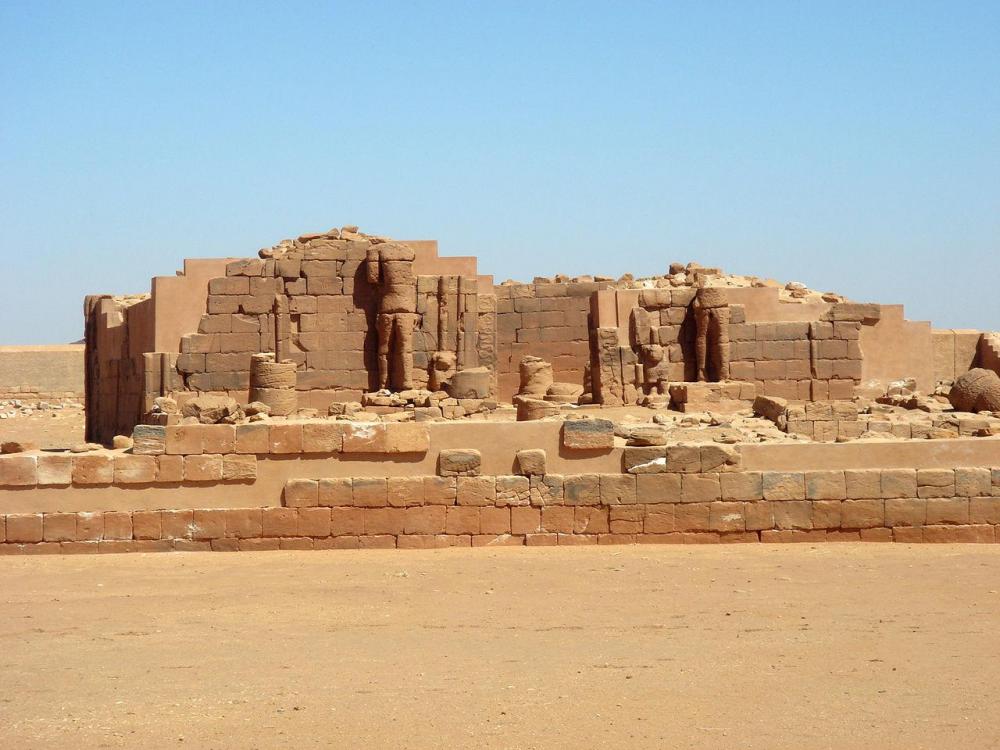
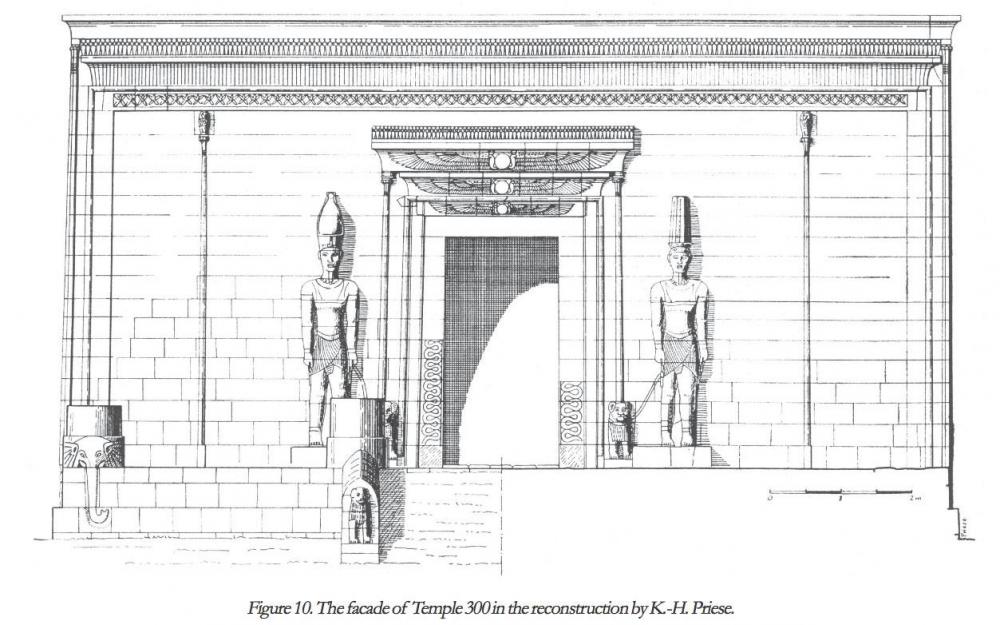
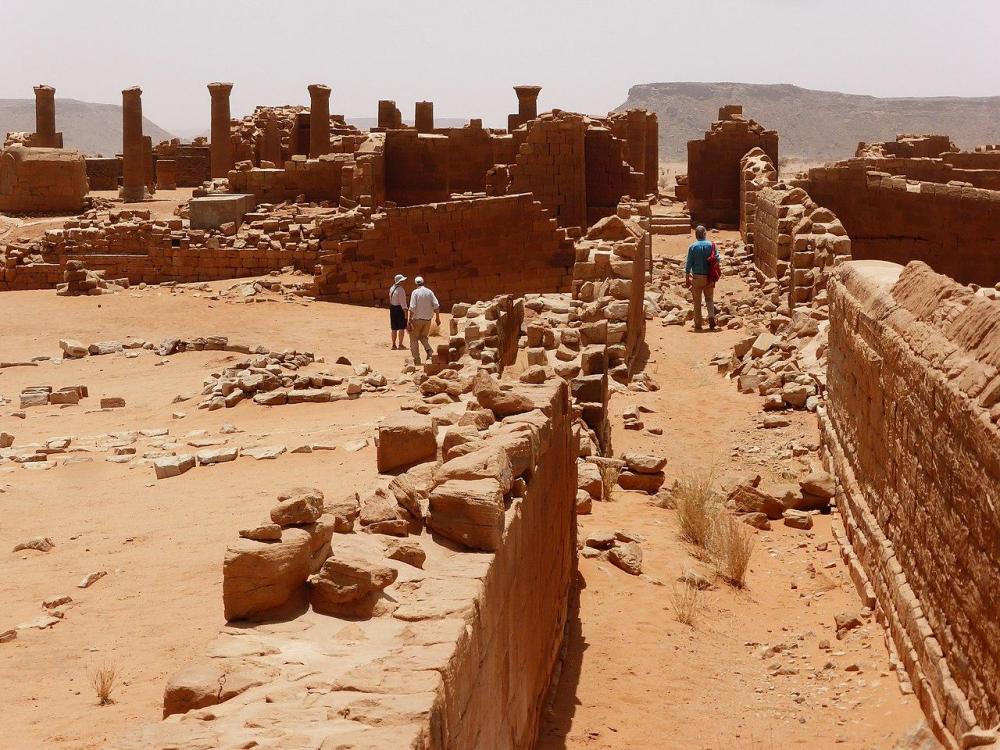
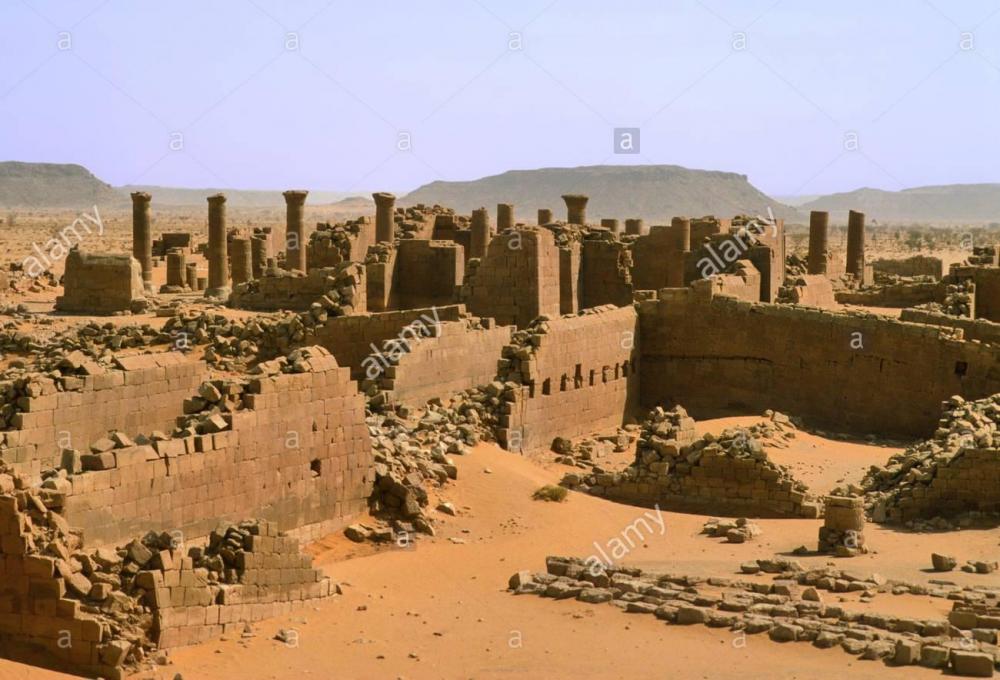
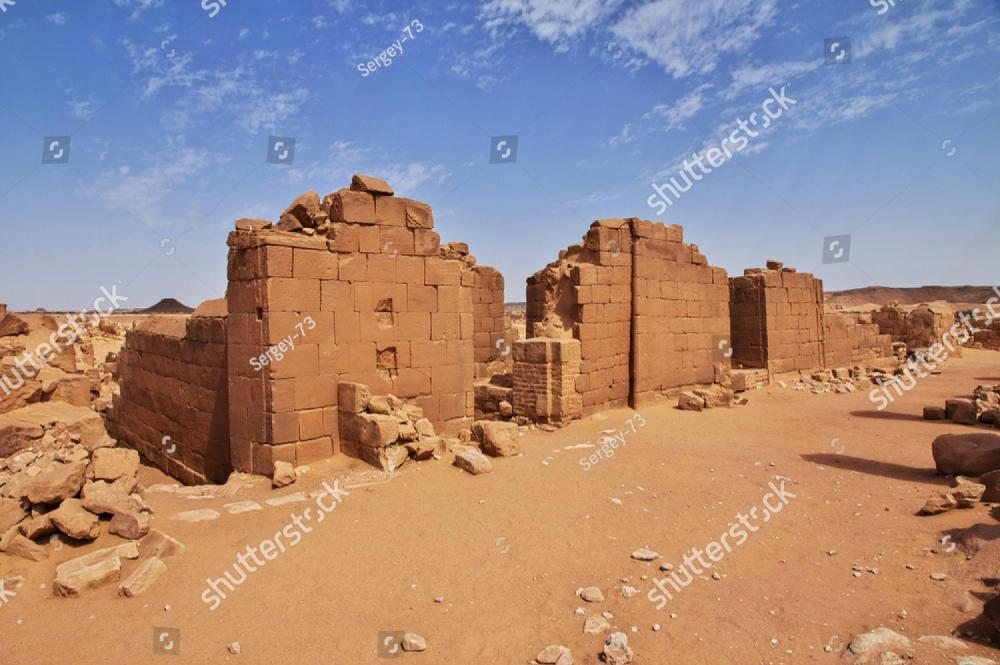
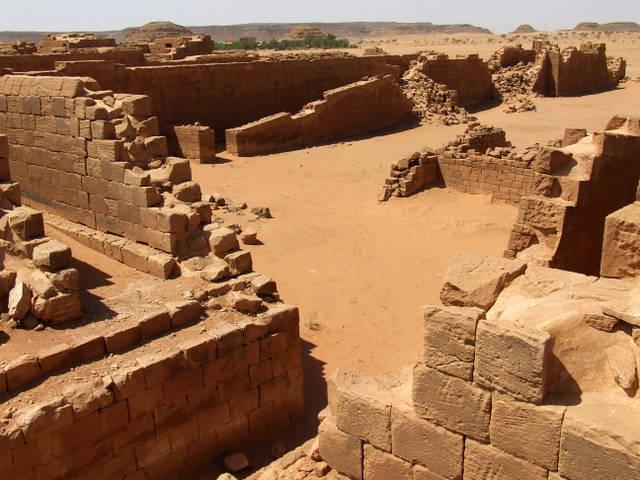
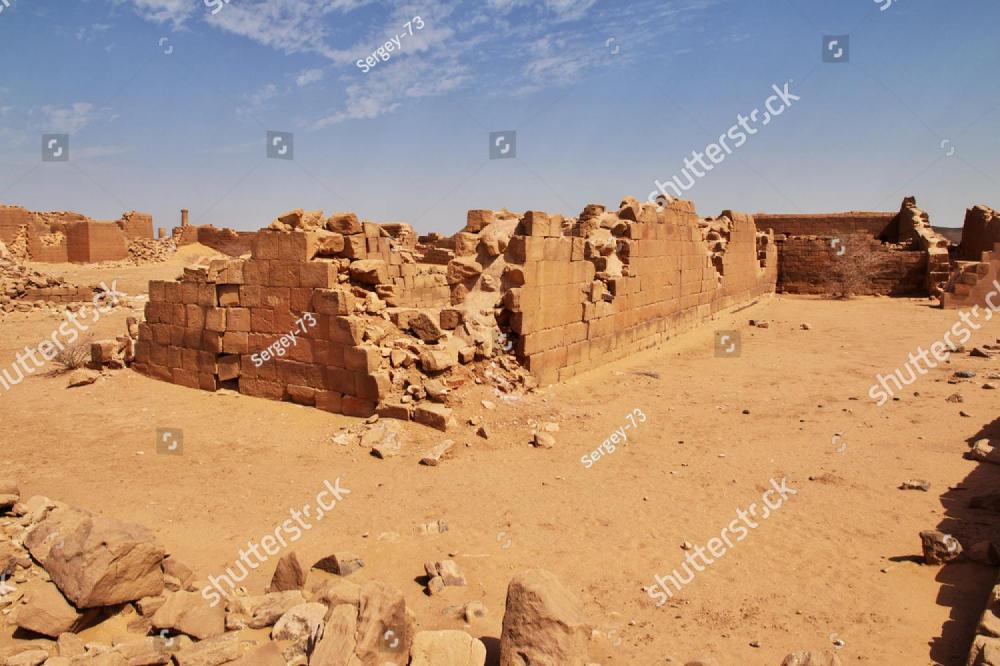
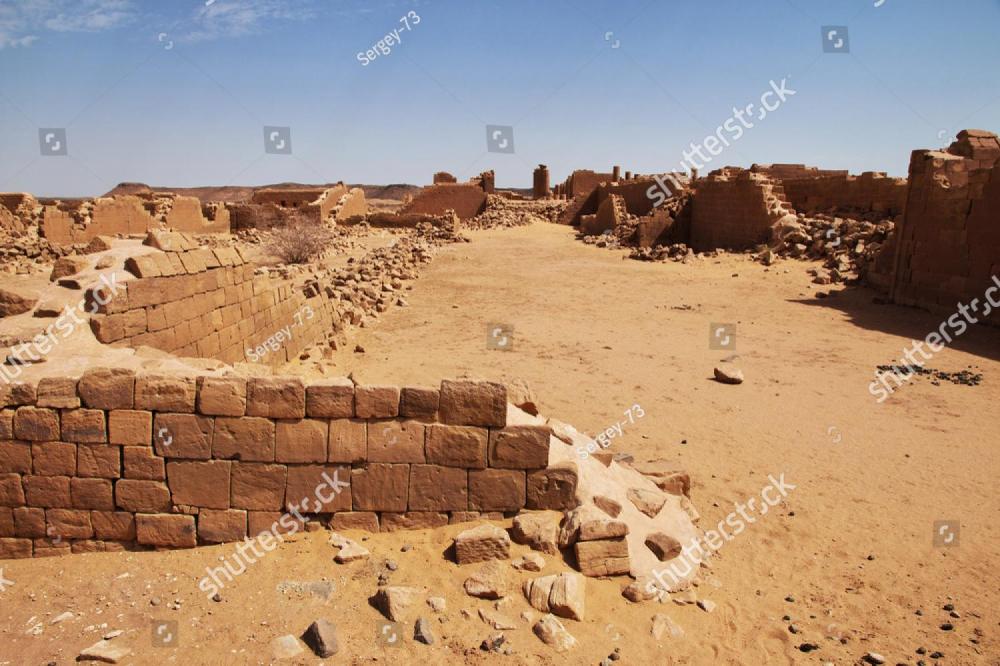
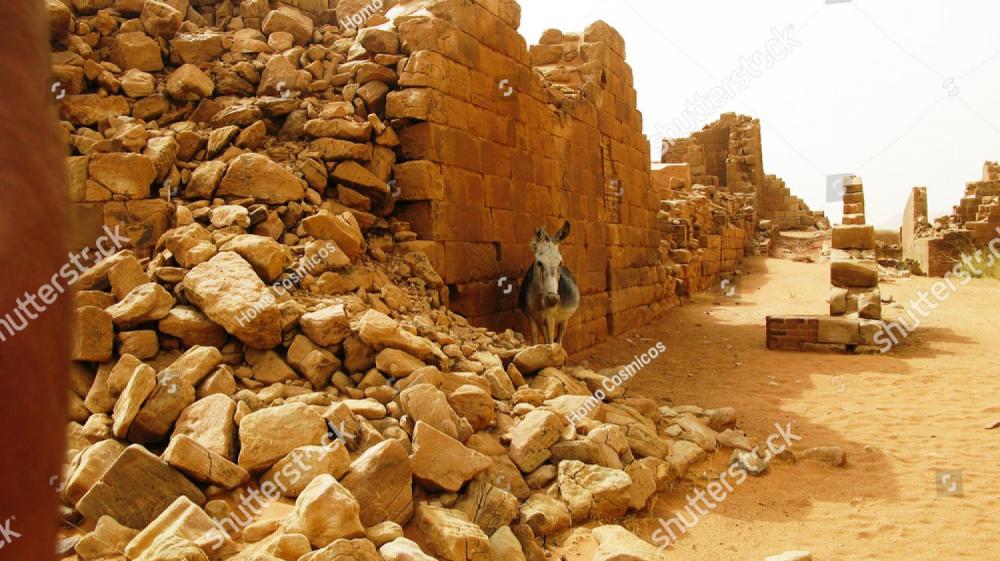
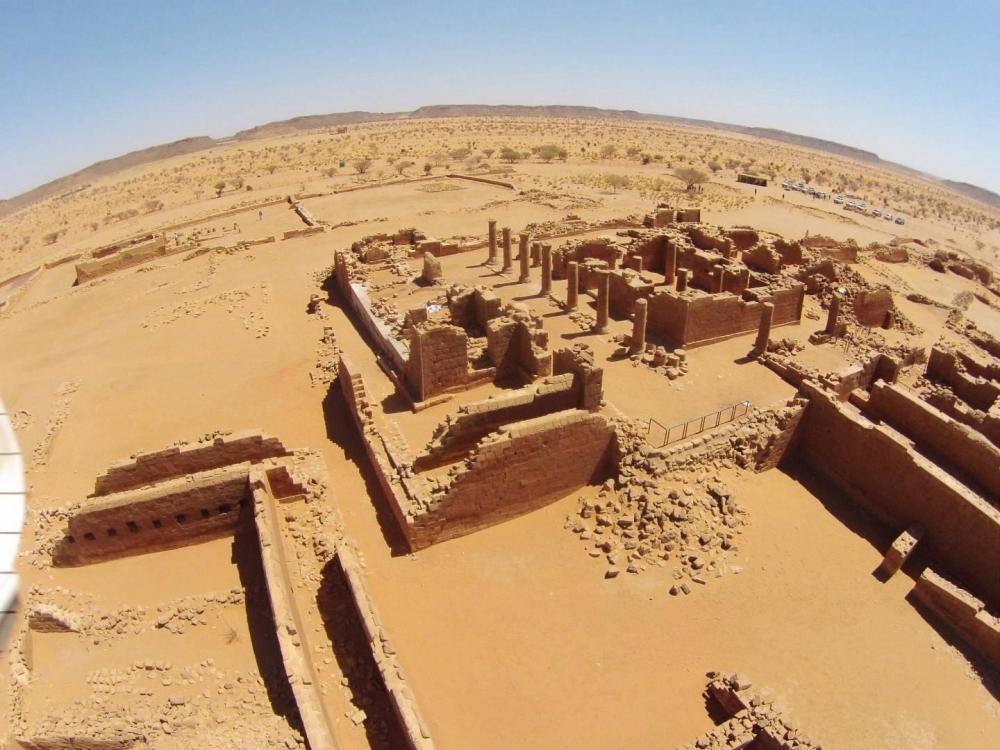
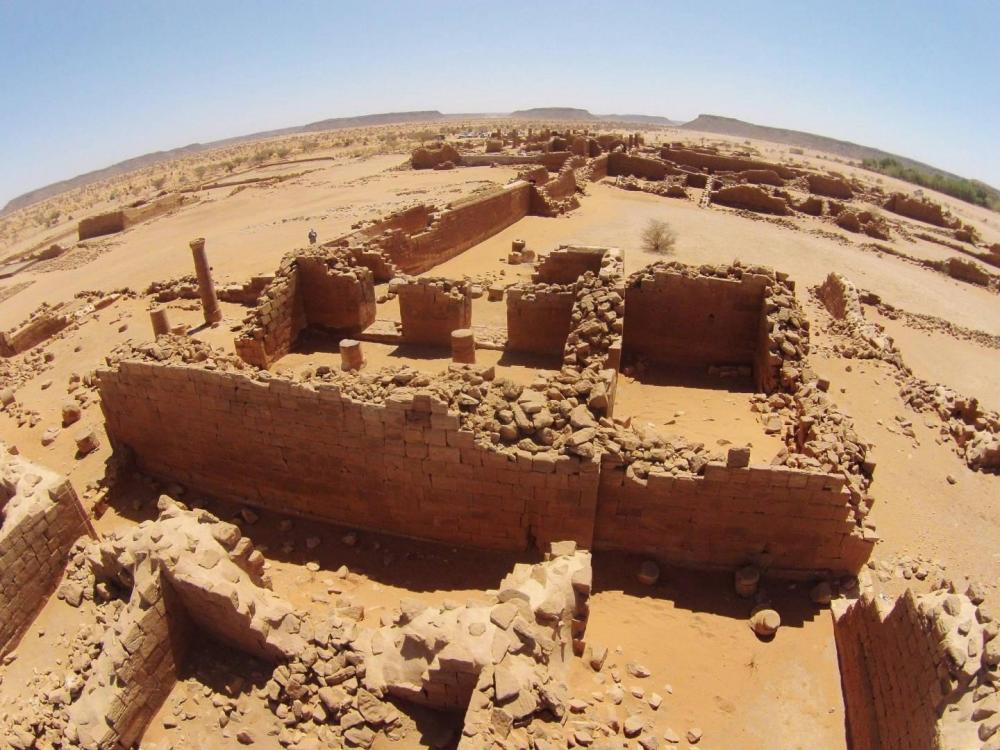
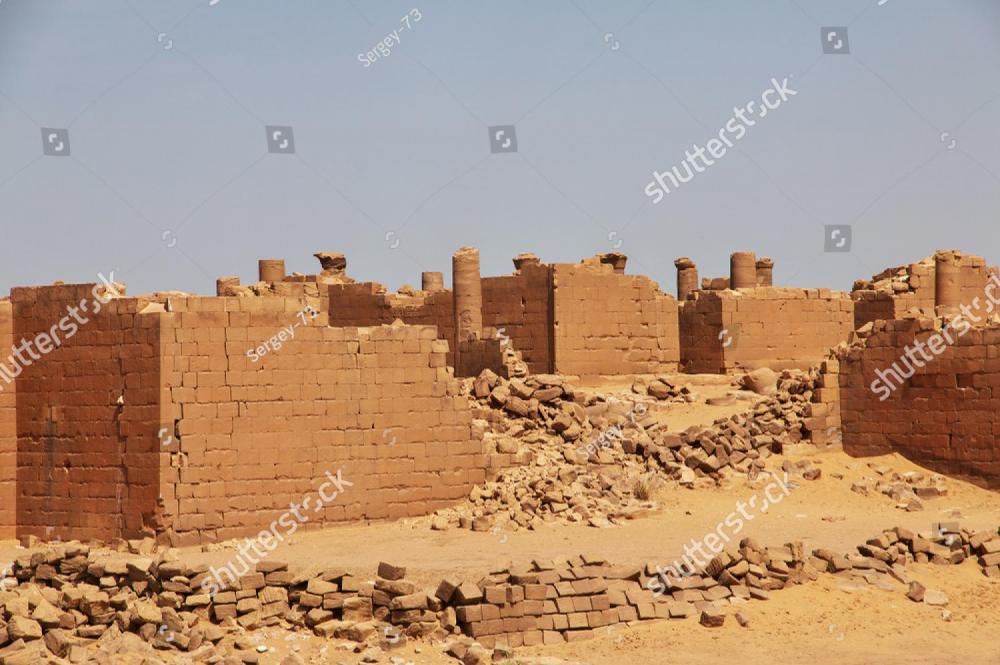
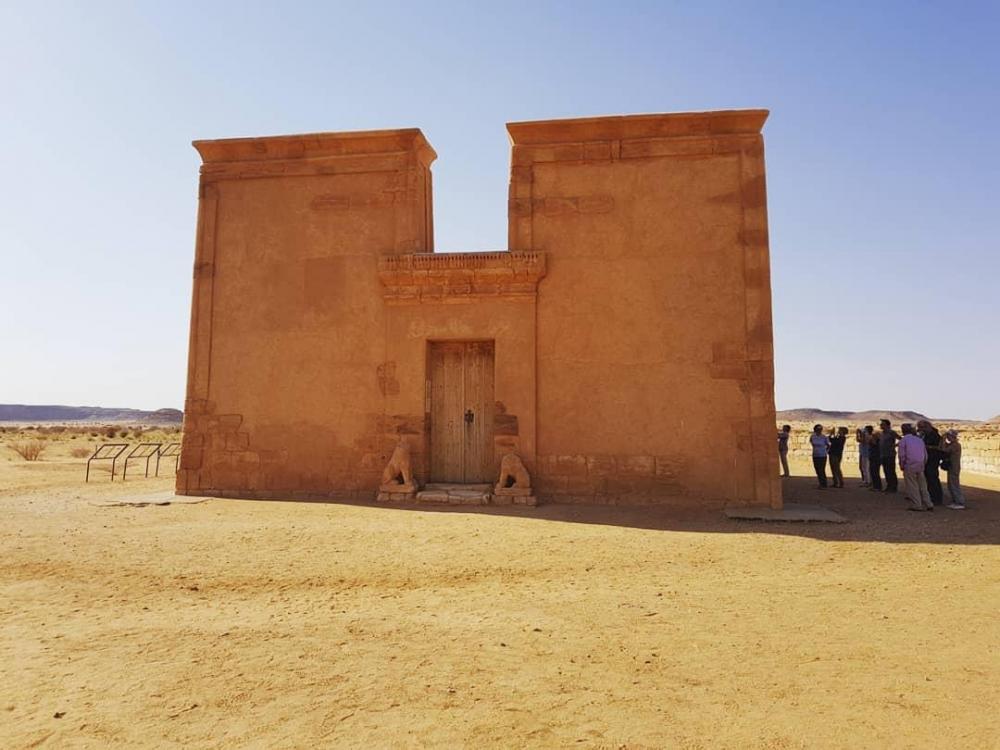
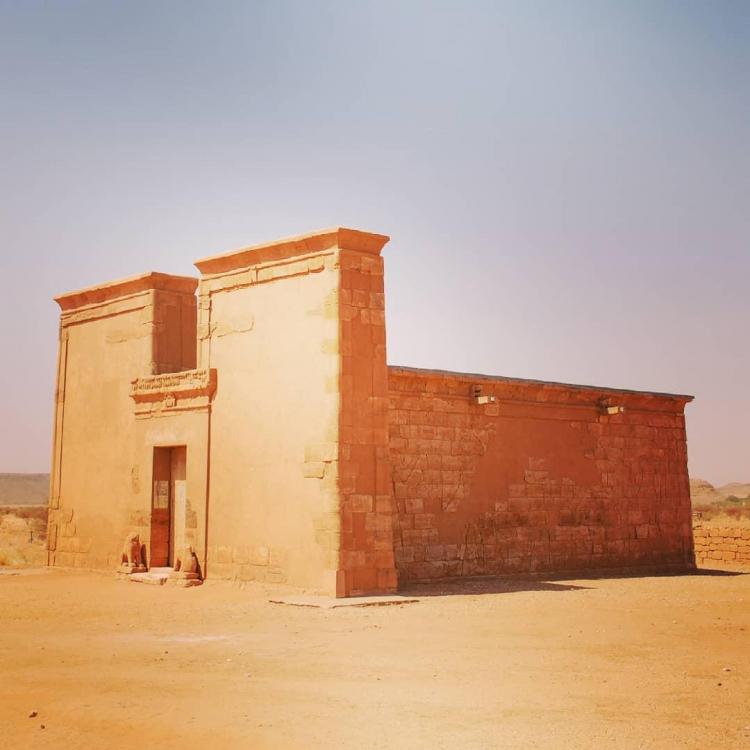
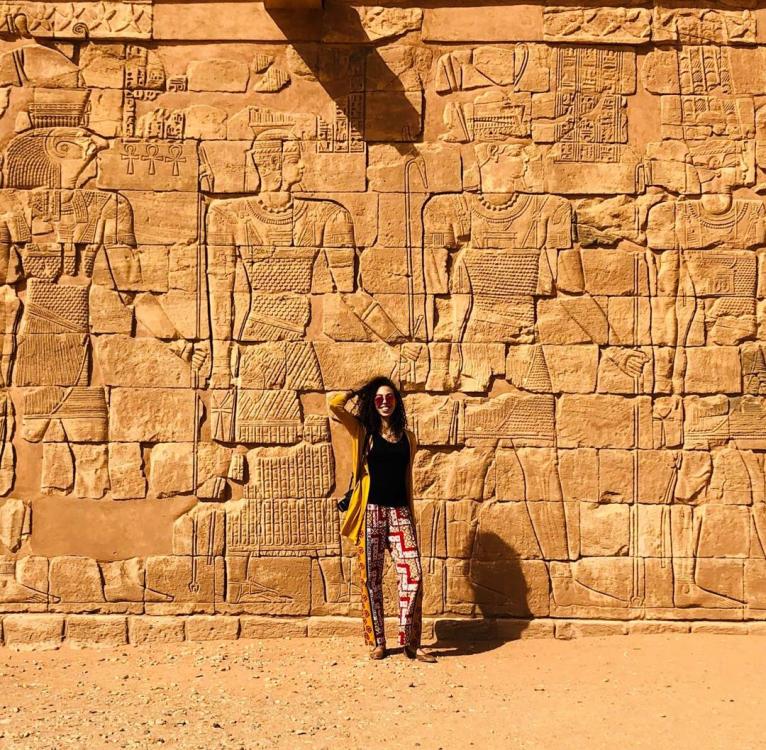
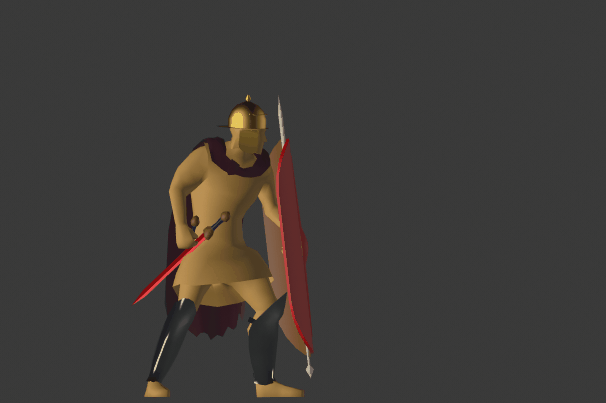
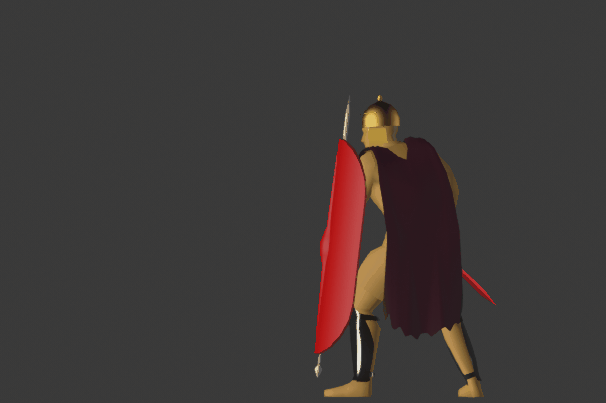
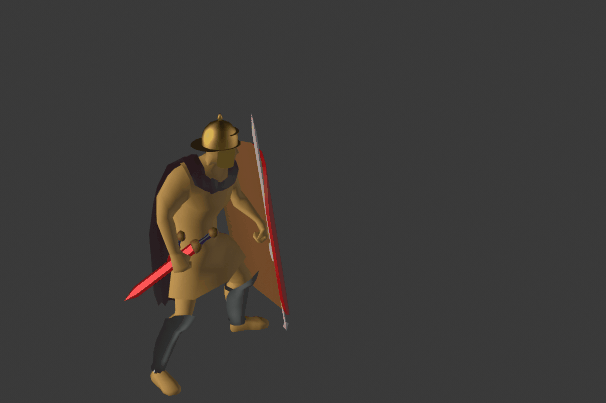
.thumb.png.ce58cea22940c255f5b0a735d5abee36.png)
